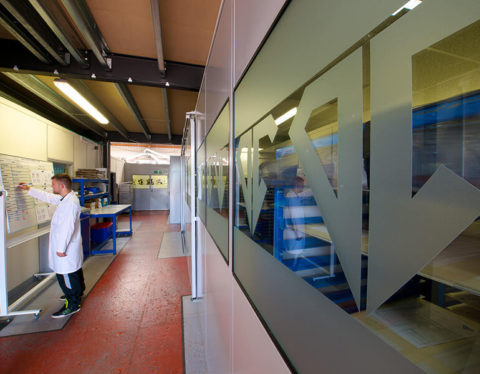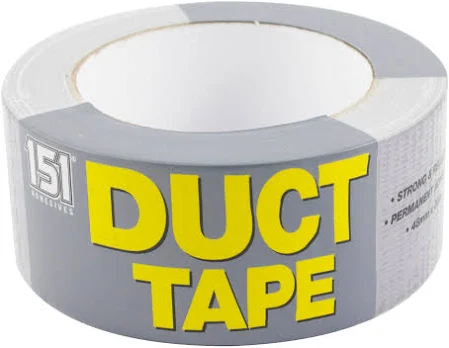
Coated Glass Factories
At Diamond Coatings, we’re not just about providing high-quality coated glass solutions; we’re also committed to manufacturing excellence
All orders placed between December 20th and January 2nd will be processed on January 3rd

ITO (Indium Tin Oxide) can be used to coat glass substrates but also plastic substrates such as acrylic, polycarbonate or polyester film, for a variety of applications across many different industries.
ITO Polyester film has the ideal mechanical properties for processing, such as vacuum coating and laminating. Choosing to use ITO polyester film over other thermoplastics provides superior properties in regards to temperature range, tensile strength and density. Using polyester film also offers greater dimensional stability and oxygen permeability.
The properties that using ITO plastic films provide make it the perfect choice for certain product requirements and has resulted in its widespread use in many areas and applications.
Applications of ITO Plastic Films
The properties provided by using ITO and plastic films specifically, enable its use in many areas.
As ITO plastic film coatings can withstand harsh environments and temperatures, ITO thin film strain gauges can be used in extreme environments such as gas turbines and the engines of jets and rockets.
Another similar use of ITO plastic films within the aerospace industry, is that of ITO films use in defrosting an aircraft’s windshield. This is achieved by applying voltage which generates heat, that can be conducted by the indium tin oxide coating.
These films are often chosen for various specific specifications for applications in many industries due to their processing tolerance with their suitable for engineering. These include:
⦁ Insulation Films
⦁ Antimicrobial Films
⦁ Packaging Films
⦁ Protective Films
⦁ Tamper Evident Films
⦁ Labelling
⦁ Printable Films
⦁ Photovoltaic Back-Sheets
Another benefit of ITO coating polyester films is that they render their surfaces conductive, yet still transparent. These properties allow for application as:
⦁ Electroluminescent Lamps
⦁ Medical Sensors
⦁ Electrophoretic displays
⦁ EMI/RFI Shielding
⦁ Resistive Touch Screens
⦁ Touch Screen Components
⦁ Smart Windows
Considerations for the Use of ITO Plastic Films
For some applications, directly deposited ITO coatings or ITO plastic films may both be suitable. Using plastic films can offer benefits and disadvantages, in terms of cost, durability and such like.
ITO films are frequently used in touch screens, which is a good example with which to outline some of the considerations when deciding if ITO plastic films are the best choice for an application.
ITO films are only suitable for use on flat surfaces, whereas when ITO is directly deposited onto a part it can be applied to smooth, curved, 3D, grained and textured surfaces.
Opting for ITO film can unfortunately have some drawbacks, as it can be prone to problems like delamination, bubbling and subsequent functional issues.
Directly coated ITO parts are optically superior in comparison to ITO films. Every interface causes reflection, and ITO films have twice the number of interfaces ITO coated parts have. Touch screen that use ITO films reflect more light and subsequently offer substantially lower rates of transmission.
It can also be difficult to achieve the conductivity required by capacitive touch solutions with ITO films.
Directly coated ITO parts can be offered at far more competitive prices than ITO film-based solutions, the production of which requires significantly more processing stages and labour costs.
Due to some of the limitation of using ITO film for capacitive touch light lenses, it can expose car manufacturers to the risk of leaving themselves open to warranty claims.
Whilst ITO plastic films do have some drawbacks, they are most suitable for other applications.
Polyester film is superior or comparable to other thermoplastic substrates in terms of:
If you require any assistance in ascertaining the most suitable coating, contact the team at Diamond Coatings to discuss your specifications or find out more about what we provide.

At Diamond Coatings, we’re not just about providing high-quality coated glass solutions; we’re also committed to manufacturing excellence

Our ITO films provide a transparent and conductive layer that enables seamless touch interaction while maintaining optimal clarity

Advancements in coating technology have led to the development of highly effective scratch-resistant coatings that enhance the durability and longevity of acrylic.

If your project requires a material that can effectively conduct electricity, several excellent alternatives to duct tape are available
If you are interested in any of our products or services, please use the contact form or give us a call, we will be happy to discuss how we may be able to help you.